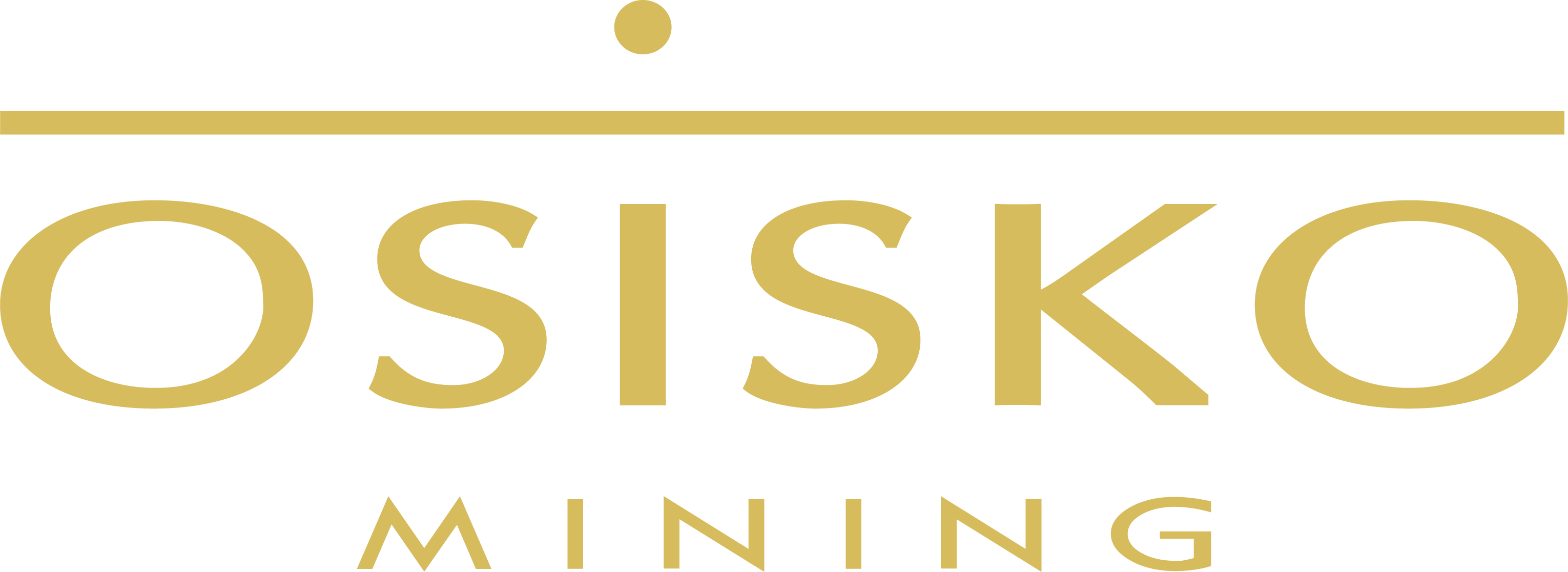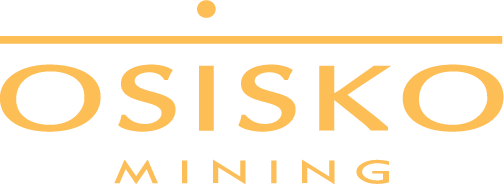Osisko Sponsors Search For Avro Arrow Artifacts
Canada 150 Project to Find and Recover Lost Arrow Free Flight Models
(Toronto, July 14, 2017) Osisko Mining Inc. (OSK:TSX, “Osisko” or the “Corporation”) is proud to announce that it is a participating sponsor in the search for and recovery of nine Avro Arrow free flight models launched over Lake Ontario in series of tests during 1954 – 1957. The models are one-eighth scale replicas of the famed flying jet, and were part of the final flight design test work done prior to the production of the CF-105 Arrow. The goal of the search is to discover the resting place of the nine models, recover and ultimately house them at the Canada Aviation and Space Museum in Ottawa and the National Air Force Museum of Canada in Trenton, Ontario.
The search and recovery program is a Canada 150 collaborative effort spearheaded by OEX Recovery Group Incorporated, sponsored by Osisko group companies Osisko Mining Inc. and Osisko Gold Royalties Ltd., in collaboration with their financial partners at National Bank, the Bank of Montreal, Canaccord Genuity, Maxit Capital, Eight Capital and Northfield Capital; the Canada Aviation and Space Museum (CASM), Royal Canadian Air Force (RCAF), the Canadian Conservation Institute, and Bennett Jones LLP. Support for this project is also being provided by Scarlett Janusas Archaeology, Canadian Coast Guard, the Royal Canadian Military Institute and Canada Company.
Later this month Kraken Sonar Inc. of St. John’s (PNG:TSXV) will deploy its ThunderFish® Autonomous Underwater Vehicle and AquaPix® Synthetic Aperture Sonar system in Lake Ontario to search for the scale models of the Avro Arrow. The highly-advanced Canadian jet fighter and development program was abruptly cancelled in 1959.
The CF-105 Arrow performed well during in-flight tests and many thought it would put Canada at the forefront of military aviation. When the program was cancelled in 1959, over 30,000 employees and sub-contractors lost their jobs as a direct result of the program’s cancellation. Many Avro engineers went on to work at Lockheed, Boeing, and NASA, and others to Britain, often cited as an example of Canadian Brain Drain. All materials related to the Avro Arrow were ordered destroyed, including six completed jet fighters, production tooling, and development-related materials. The only known artifacts from the program remaining to be found are the free flight test models, which for over sixty years have rested somewhere on the bottom of Lake Ontario. For Avro Arrow historians, the roughly one-eighth size models are something of a holy grail, since they were the flying replicas of the actual aircraft and the last step from design testing prior to production of the actual flying jets.
The free flight models were launched over Lake Ontario in a series of flights conducted between 1954 and 1957 to test the aerodynamic qualities of the aircraft design prior to a production model and were successively increased in sophistication.
The free flight models were attached to high-powered booster rockets launched out over the lake from a military test site east of Toronto. After separating from the booster rockets the models flew at supersonic speeds. Their onboard sensors, revolutionary for the 1950s, transmitted flight data back to engineers on the ground. At the end of each flight the models lost velocity, crashed into the water and sank.
In the past, privately funded missions have attempted to locate and recover the lost models, but all have failed due inadequate funding, water depths, search area size and the amount of metal debris on the bottom – according to military records, more than 600 missiles were launched from the same site, which was also used as an artillery range in the 1930’s.
This summers search for the Avro Arrow free flight models can be likened to the hunt for Sir John Franklin’s lost ships. The first vessel – the HMS Erebus – was discovered in September 2014 by a Canadian expedition team that included participation by Kraken engineers and its AquaPix® Synthetic Aperture Sonar technology. However, the Arrow free flight models are far smaller targets. While the full-size Arrow measured 24 metres long with a 15-metre wingspan, each free flight test model was just 3 metres long with a wingspan of 2 metres.
Like the hunt for Franklin’s lost ships, the search for the Arrow free flight models began with detailed analysis of historical information to narrow the search area as much as possible. In the Arrow’s case, scientists, engineers and historians from the Osisko group, Kraken and the RCAF used historical research, the collection of archival material at CASM, interviews with former Avro employees and computer-aided ballistic trajectory and flight data modeling to develop the search grids.
John Burzynski, President and CEO of Osisko Mining Inc. stated: “As professional explorers in the mining business, we initiated this program about a year ago with the idea of bringing back a piece of lost Canadian history to the Canadian public. As individuals, as a company, as a group, and with our partners and our project participants in this search effort, we all have the same goal in mind: to find and return these beautiful pieces of Canadian technology to the public eye, during this anniversary year of our incredible country. Like Avro, our own corporate group was built on dreams, and this project is a proud reminder of what we as Canadians have done, what we Canadians do, and what we Canadians can do.”
About Osisko Mining Inc.
Osisko is a mineral exploration company focused on the acquisition, exploration, and development of precious metal resource properties in Canada. Osisko holds a 100% in the high-grade Windfall Lake gold deposit located between Val-dOr and Chibougamau in Québec and holds a 100% undivided interest in a large area of claims in the surrounding Urban Barry and Quévillon areas(over 3,300 square kilometres), a 100% interest in the Marban project located in the heart of Québecs prolific Abitibi gold mining district, and properties in the Larder Lake Mining Division in northeast Ontario, including the Jonpol and Garrcon deposits on the Garrison property. The Corporation also holds interests and options in a number of additional properties in northern Ontario and Québec. Osisko continues to be well financed with approximately $190 million in cash and investments.
For further information please contact:
John Burzynski, President and Chief Executive Officer
Telephone: (416) 363-8653


